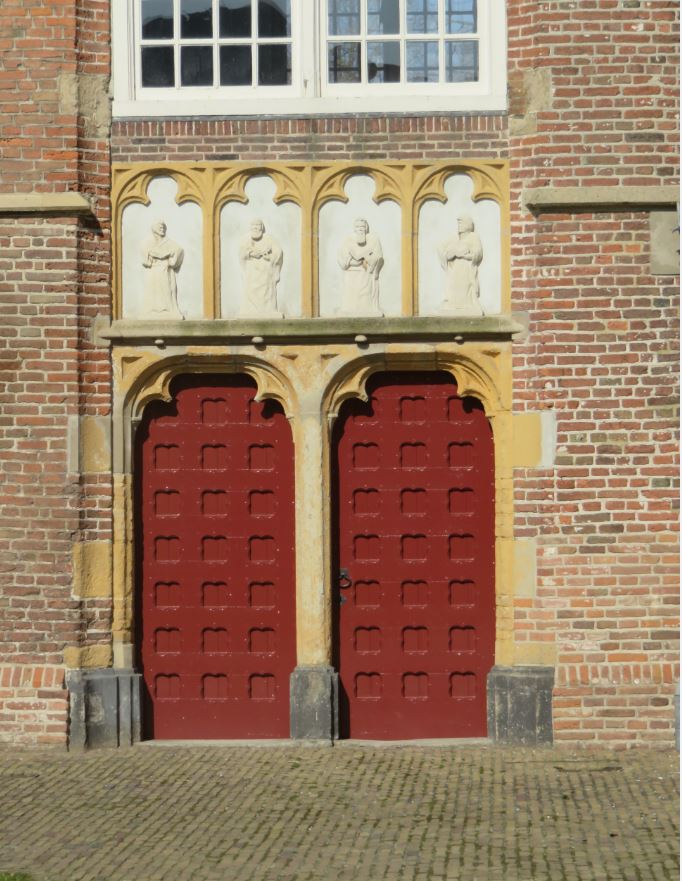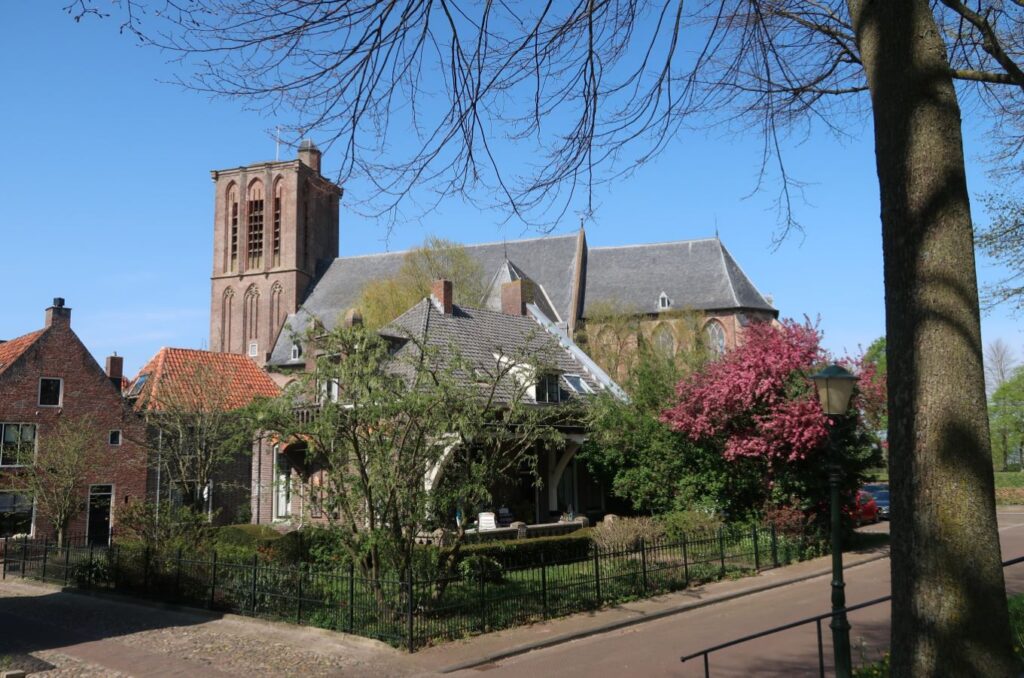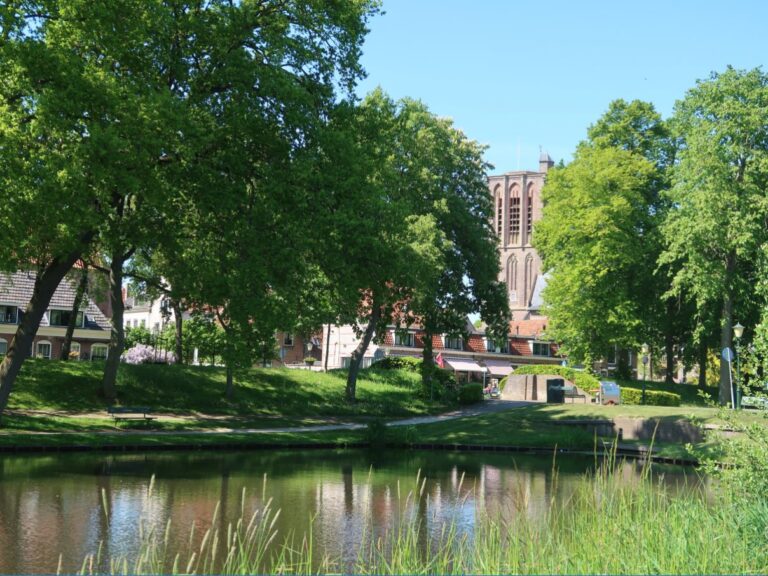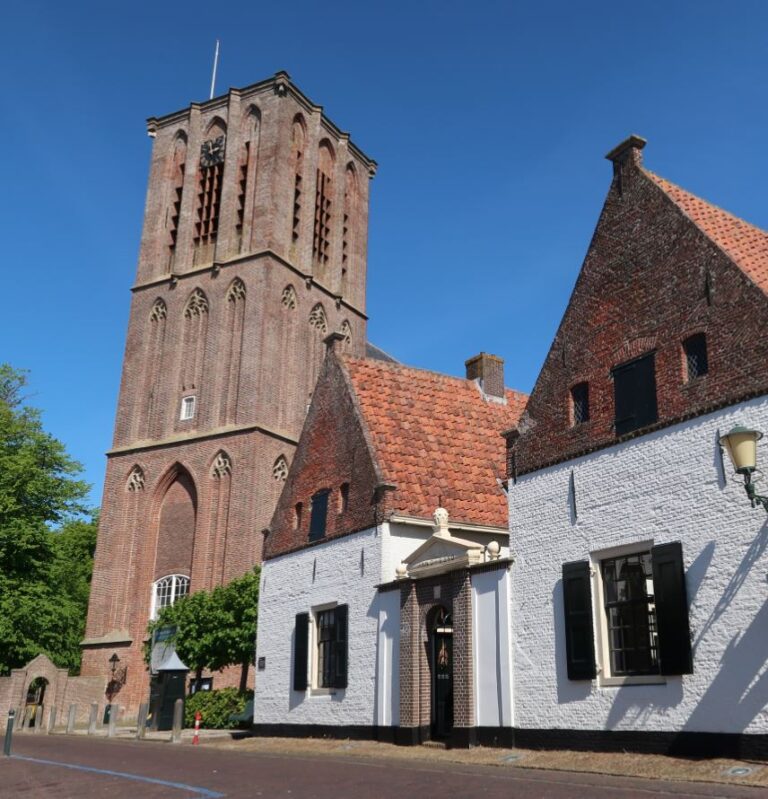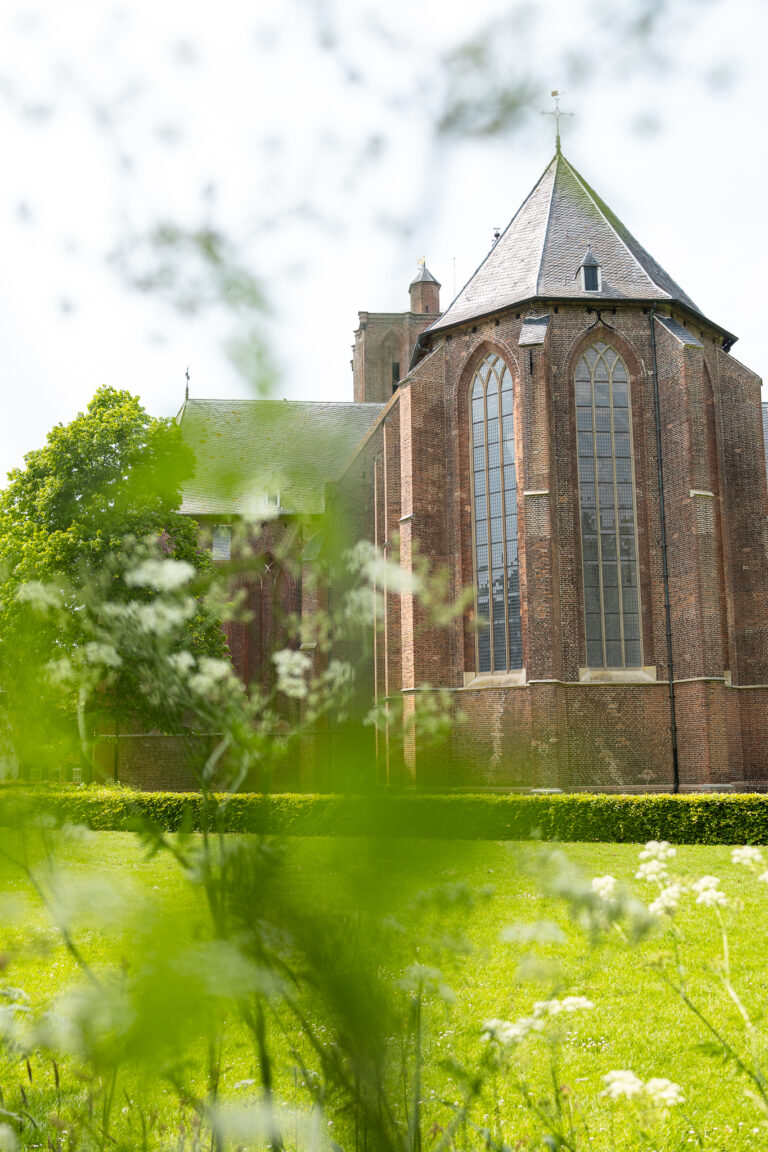Deze parochiekerk is in 1397 met de toestemming van de bisschop van Utrecht gebouwd in de noordoostelijke hoek van Elburg. De kerk werd gewijd aan de heilige Sint-Nicolaas, de schutspatroon van de zeelieden en vissers. De stijl is gotische en was klaar in de vijftiende eeuw. Het is een drie-beukige pseudobasiliek met gemetselde kruisribgewelven die rond 1580 in protestantse handen kwam.
De toren, bestaande uit een sokkel en drie geledingen met uitsparingen in spitse bogen. Er staat geen spits op de toren door een blikseminslag in 1693. Geldgebrek voorkwam dat de spits ooit weer werd herbouwd. De geelkoperen kronen in de middenbeuk dateren uit de zeventiende eeuw. Het orgel van de kerk werd in 1825 gebouwd door Heinrich Quellhorst. Sinds 1974 is er ook een koororgel.
In de jaren 1971 tot 1975 is de kerk grondig gerestaureerd. Toen kwamen enkele bijzondere muurschilderingen (fresco’s) onder het kalk te voorschijn.
Nadat Elburg in 1956 was afgesloten van open vaarwater, schonk visserman Wichert Jansen een model van de botter EB 32 aan de kerkvoogdij. Dit bottertje hangt aan de zuidelijke muur van het middenschip, als symbool van de betekenis van de visserij voor Elburg.
